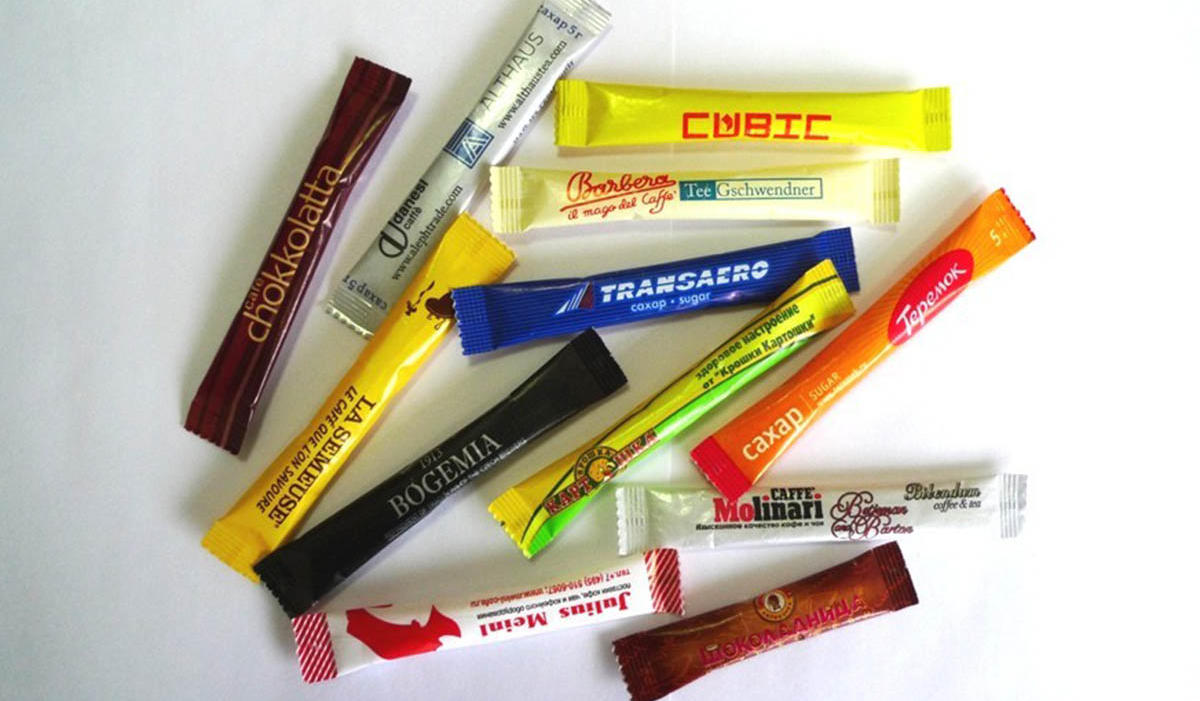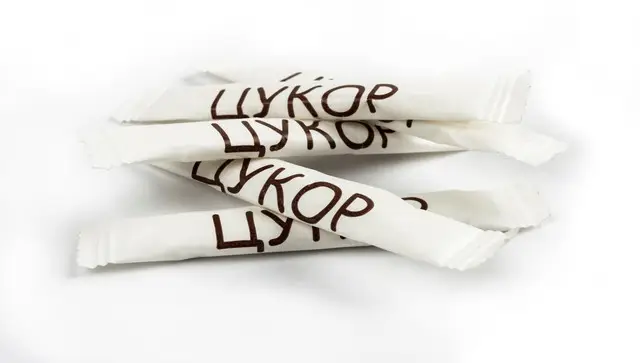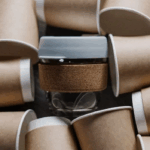Stick packaging is a widespread type of portioned packaging and has become the optimal packaging choice for consumers who are constantly on the move.
Popular since the late 1990s, stick packs are valued for their compactness. They are easy to carry around for consumers who are used to having everything on hand. Then, when needed, the bag can be opened to eat or drink whatever is inside.
Portioned packaging has become so popular that even large retail chains are actively presenting sugar, salt, pepper, spices, sauces, and mayonnaise in single-serving packages on their shelves. And it's not so much about caring for the consumer as it is about realising the famous joke that chips are the ability to sell one potato for the price of a kilo. The sale of goods in single-serving packaging is very beneficial for retailers, and the buyer, if he or she is not too limited in means, benefits from the convenience of moving, storing and using the most popular goods. In other words, everyone is happy. And, as a result, the demand for portioned packaging is growing.
In general, stackable packaging is used in many industries, including pharmaceuticals, nutraceuticals, food and beverages, and a wide range of consumer products that are expanding into other markets. They are also great for disposable medicines. Researchers report a growing demand for products packaged in sticks.
Advantages of stick packaging:
- High dosing accuracy
- Production speed
- Reducing the cost of producing materials
- Consumer safety
In fact, elongated stacks can save up to 40% on packaging material, as opposed to conventional packaging bags. In fact, they can offer higher performance as well as a format change, finding a good solution that can lead to significant cost savings.
If consumers are given a choice of packaging, in most cases they will choose a stick (we consider the situation of identical products and the same prevalence and availability of these types of packaging). This is due to the subconscious tendency of people to consider oblong objects more convenient to use than square or rectangular ones. In addition, the inventor of the stick assumed that it could be opened with one hand. So, if the packager has correctly calculated the ratio between the size of the stick and the product it contains, the consumer has an additional bonus in terms of ease of use. Although, to be honest, it is rare to find craftsmen who open sticks with one hand. As a rule, both are used. But even so, tearing a tube seems more convenient than a rectangular bag.
Now, let's shift to the opposite side and look at the packaging through the eyes of the retailer. At first glance, it shouldn't matter what they offer their product in: if the consumer is more inclined to stick, then they should offer stick. Most retailers do exactly that. But there are a number of things that make it necessary to shift the emphasis in favour of sachets, namely:
The stick has a smaller area for printing: text or images. This is not critical if the sticker contains only the product name or simple one-line names of the distributor. But if you need a little more text (say, instructions for use) or a complex graphic logo, then the stick is sharply inferior to the sachet competition. Especially when you consider that both text and images on the surface of a sachet are much easier to read than on a stick.
The narrow cross-section of the stick (tube diameter) requires a well-flowing or flowable product. If the product does not have sufficient flowability or fluidity, it will be extremely difficult to pack it into sticks: significant deviations in doses, product sticking in dosing mechanisms, failure of filling equipment or reduced productivity are possible. In this case, the use of sticks becomes simply unprofitable.
The characteristics of the product being packaged do not allow it to be placed in a stick. For example, the packaging of tea bags (and tea in general) - it's hard to imagine this product in stacks. But sachets can accommodate it without any problems. The same is true for wet wipes, which are part of airline kits.
The above reasons lead to the fact that the seller, in some cases, actually imposes on the consumer the disposable packaging that is primarily beneficial to him.
Accordingly, the question of choosing a portion pack is the ability to put the product inside the pack and the retailer's ambitions outside. In other words, if the product fits easily into a stick, and the retailer is not overly keen on decorating the packaging with complicated logos or a lot of text, they will choose stick packaging in 90 per cent of cases. If the presence of text, logos is very important to the retailer, or if the product is not able to be fully packaged in a stick for some reason, the consumer will be offered a sachet as an alternative.
A wide range of options is available for stick wrapping machines:
- Further packaging of the sticks in cardboard;
- Weight control;
- Metal detectors, etc.
The machines can also produce a variety of spout designs, including pouring spouts and special cut-out shapes, and connections can have easy-opening options.
If you need a compact machine suitable for packaging sauces, sugars or sweeteners,
or you are looking for a high-performance machine that can pack stick packs at huge speeds;
Whether you want a versatile, modular machine that grows with your business, Steiner-Ukraine has the solution.
Call +38 (044) 390 73 38 and we will share the secret.






